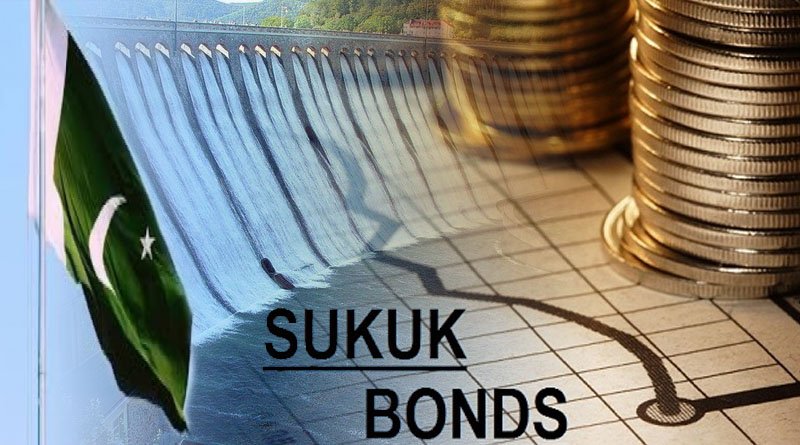According to Dr. Mohazzam, the cement industry has enormous potential to reduce carbon emissions and increase energy efficiency.

Dr. Sardar Mohazzam, the managing director of the National Energy Efficiency and Conservation Authority (NEECA), said on Friday that the government was thinking about issuing energy-saving certificates and energy conservation bonds for the modernization of industrial technology.
He was speaking at a public-private discussion titled “Decarbonizing Pakistan’s Cement Sector: Pathways to Lever Net Zero Targets,” which was held under the sponsorship of the Sustainable Development Policy Institute’s (SDPI) Network for Clean Energy Transition in Pakistan: Research and Advocacy.”
The idea is to issue energy-saving certificates and energy conservation bonds is to encourage businesses to adopt energy-efficient technologies and practices.
According to Dr. Mohazzam, the cement industry has enormous potential to reduce carbon emissions and increase energy efficiency.
He continued, “We must examine and draw ideas from the policy initiatives being carried out in India and China. “”Energy security is a top government priority, but pricing remains a pertinent challenge in the uptake of renewables and the decarbonization of hard-to-abate sectors,” he reiterated.
He added that a designated consumer regime with benchmarks and energy audits to spur the use of renewable energy sources and the reduction of emissions from the industrial sector was in the works and would soon establish the proper regulatory course for the industry.
The cement industry needs tax incentives, according to Talha Khan, executive director of Pakistan Environment Trust (PET). He continued by saying that the meagre foreign investment was insufficient to close the financing gap required for the decarbonization.
According to Syed Fawad Hussain Shah, senior assistant manager at the Center for Industrial and Building Energy Audits (CIBEA), the country’s cement industry used energy at a rate that produced 45% more emissions than the global average at the time.
An energy conservation bonds issued by a government or other public authority to finance energy efficiency and conservation projects. He explained that the industry’s high carbon intensity could be attributed to its 85% coal consumption, while biomass and waste-to-energy accounted for only 0.02% of total energy production.
He emphasised the necessity of raising public awareness about green cement and updating Pakistan’s building code in order to persuade the industry to switch from grey to green cement, which is more environmentally friendly.
Farrukh Ahmad, the head of environment at Bestway Cement, claimed that the cement industry was largely ignoring the issue of decarbonization and that it would take some time before it fully understood the necessity of significant CO2 emission reductions.
He added that it was rather utopian thinking to expect the industrial sector to reduce emissions during these difficult economic times in the absence of tax breaks and incentives. To encourage sector growth, he urged the regulatory environment and incentives to be made simpler.
In his opening remarks, Dr. Sajid Amin Javed, Deputy Executive Director (Research), SDPI, stated that the adoption of cutting-edge carbon capture and storage technologies could result in a significant reduction in emissions.
Deepak Krishnan, associate director at the World Resource Institute (WRI), pleaded with governments and international organizations to make it easier for businesses to access financing and reduce the cost of technology and equipment in order to reduce emissions.
Mahmoud Abouelnaga, a Solutions Fellow at the Center for Climate and Energy Solutions (C2ES) in the United States, urged research and civil society organizations to contribute to the synchronization of the life cycle analysis of the cement industry in order to develop efficient policy interventions for decarbonization in collaboration with the stakeholders.
Senior Research Associate at SDPI Ubaid ur Rehman Zia expressed optimism that the recent industrial sector actions would result in a maximum emissions reduction of 9%, which was considerably less than the target necessary to meet the 1.5 or 2-degree scenario of the Paris Agreement.
He also emphasised that the cement industry needed to reduce emissions by at least 53 percent by 2030 in order for the nation’s industrial sector to reach net zero by 2050.
